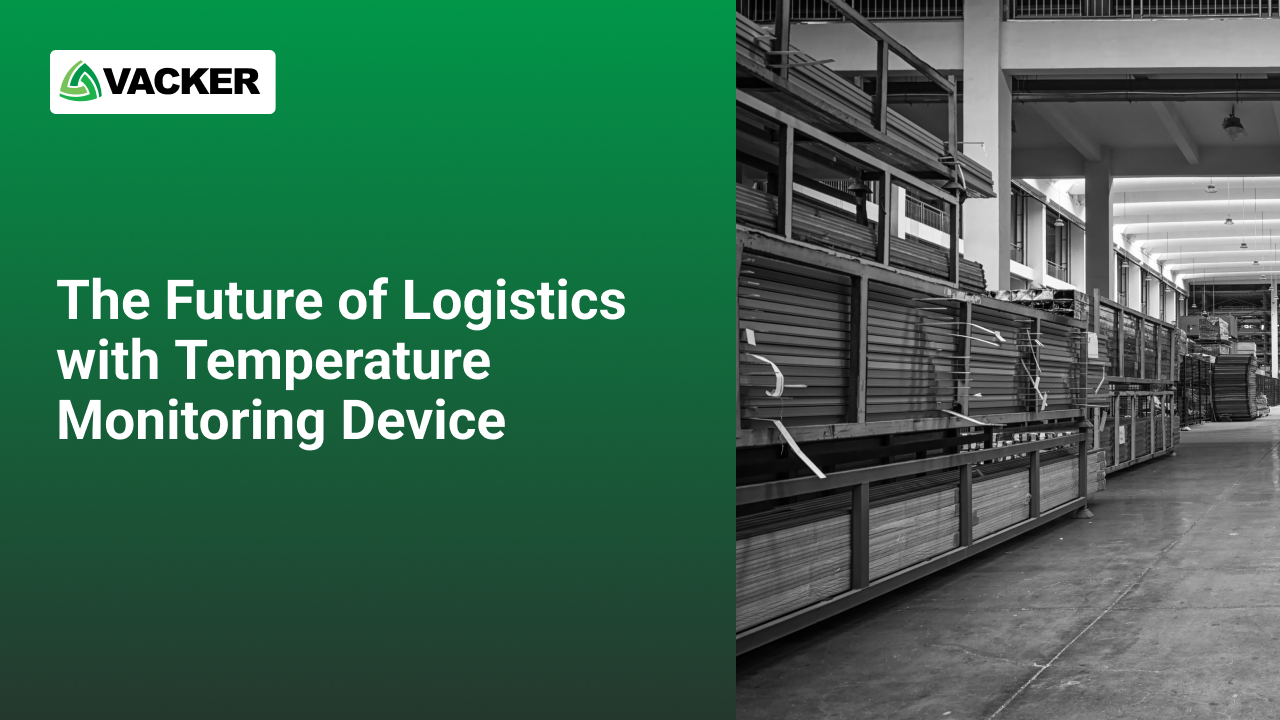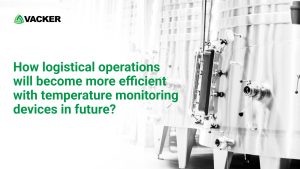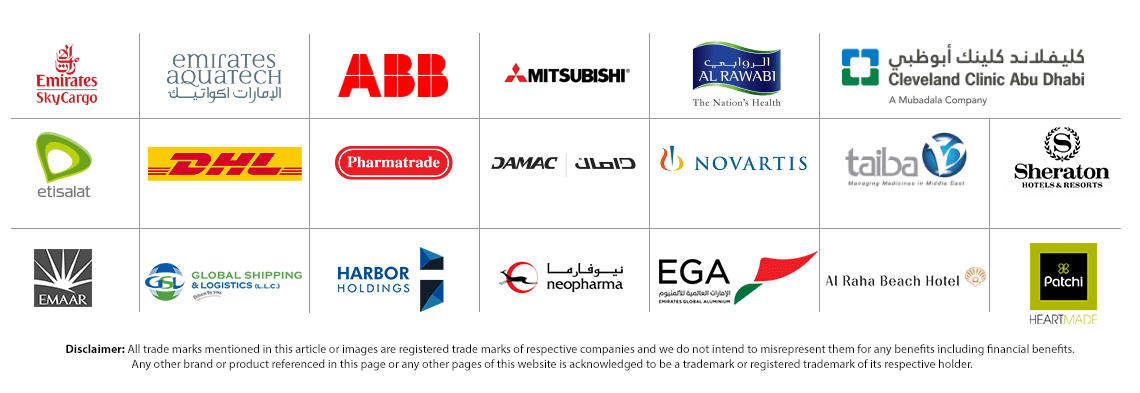In recent years, technology has played an increasingly important role in the logistics industry, and temperature monitoring device are no exception. With the rise of the Internet of Things (IoT) and the increasing availability of real-time data, temperature and humidity data logger are becoming more sophisticated and more widely used.
Temperature and humidity data logger are devices that are used to measure, record, and analyze the temperature of a specific environment or product. These devices can come in different forms, such as standalone devices or sensors that can be integrated into an IoT (Internet of Things) system.
Stand-alone temperature mapping devices are typically self-contained units that include one or more temperature sensors, a data logger or recording device, and software for analyzing the data. These devices can be placed within the environment or on the product being monitored, and will record and store the temperature data for later analysis.
How logistical operations will become more efficient with temperature monitoring devices in future?
Temperature sensors, on the other hand, are small devices that can be placed in different locations for monitoring temperature. These sensors can be connected to an IoT system, which allows for real-time monitoring and data analysis. The data collected by these sensors can be transmitted wirelessly to a central hub or the cloud, where it can be analyzed and used to make decisions in real-time.
The following explains how temperature mapping devices are shaping the future of logistics and how they are transforming the way we manage supply chains.
Real-time monitoring and analytics
One of the most significant developments in temperature monitoring technology is the ability to collect and analyze data in real-time. With the advent of IoT-enabled temperature monitoring devices, logistics companies can now monitor the temperature of goods at every step of the supply chain in real-time.
This allows companies to identify and address temperature deviations as soon as they occur, which can help to prevent product spoilage and waste. Additionally, real-time data analysis can help logistics companies to optimize routes, scheduling, and inventory management, leading to increased efficiency and cost savings.
Predictive maintenance
Temperature monitoring devices also have the potential to revolutionize the way we manage maintenance in logistics operations. With real-time temperature data, logistics companies can predict when equipment is likely to fail and take proactive steps to prevent downtime. For example, temperature monitoring devices can detect small fluctuations in temperature that may indicate a problem with an HVAC system, allowing companies to schedule maintenance before the system breaks down. Predictive maintenance can help to minimize downtime, reduce maintenance costs, and improve operational efficiency.
Increased automation
Temperature monitoring devices are also driving increased automation in logistics operations. With real-time temperature data, companies can automatically adjust the temperature of storage and transportation systems to ensure that goods are kept at the correct temperature. This can help to reduce human error and ensure that products are stored and transported in the best possible condition.
Additionally, temperature monitoring devices can be integrated with other automation systems, such as warehouse management systems and transportation management systems, to create a fully-automated supply chain.
Compliance and traceability
Temperature monitoring devices also play an important role in compliance and traceability. Many industries have strict regulations governing the storage and transportation of goods at specific temperatures.
Temperature monitoring devices provide accurate and reliable data on the temperature of goods, which can help logistics companies to comply with these regulations. Additionally, temperature monitoring devices can provide detailed temperature data throughout the entire supply chain, which can help to identify and address any temperature deviations that may have occurred.
This can help to improve customer service by providing detailed information on the temperature history of goods and protect the company’s reputation. Temperature monitoring devices are an essential tool for the logistics industry. With the ability to collect and analyze data in real-time, predictive maintenance, increased automation, compliance and traceability, and cost savings, temperature monitoring devices are shaping the future of logistics and transforming the way we manage supply chains.
As the logistics industry continues to evolve and grow, temperature monitoring devices will become increasingly important for businesses looking to stay competitive and ensure the success of their operations.
The logistics industry is expected to have tremendous growth in the future with more and more industries adopting automation, IoT, and other technology solutions. Check out more in our website.





Leave a Reply